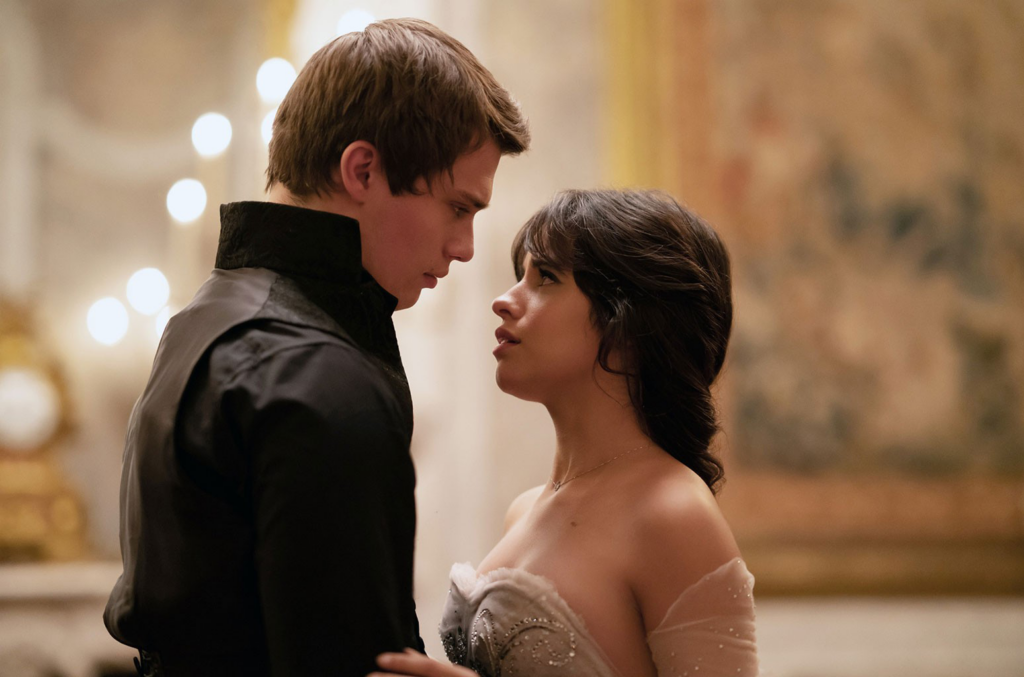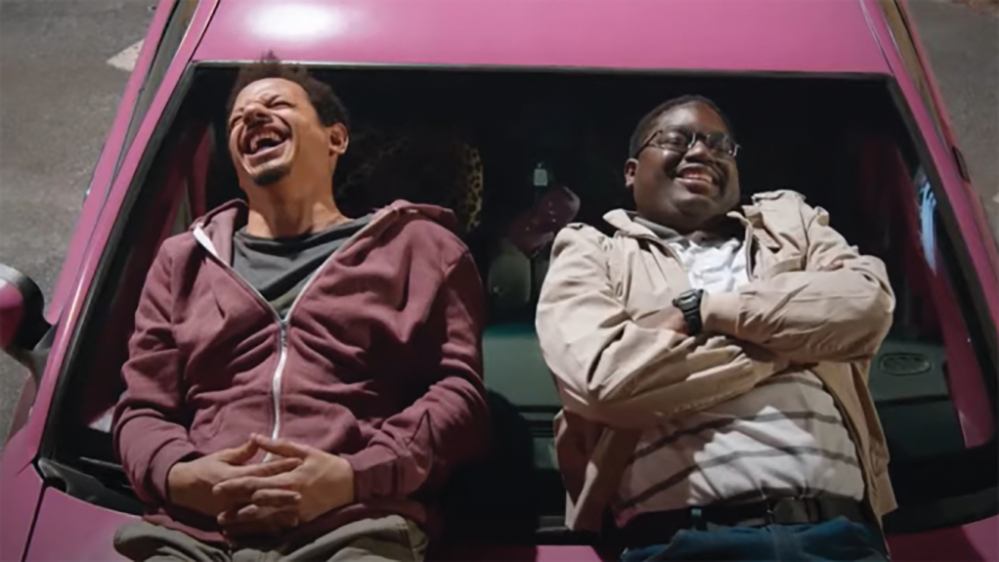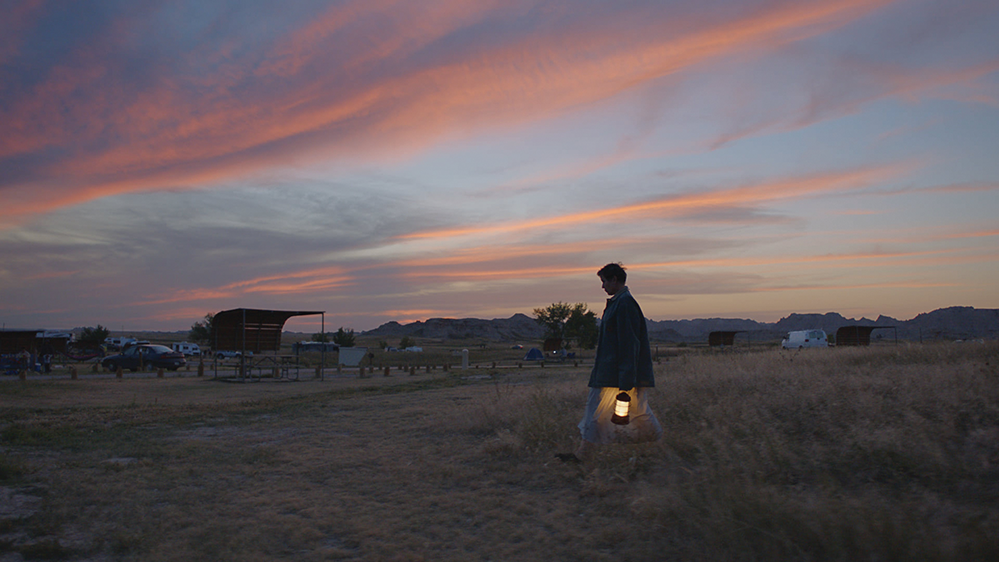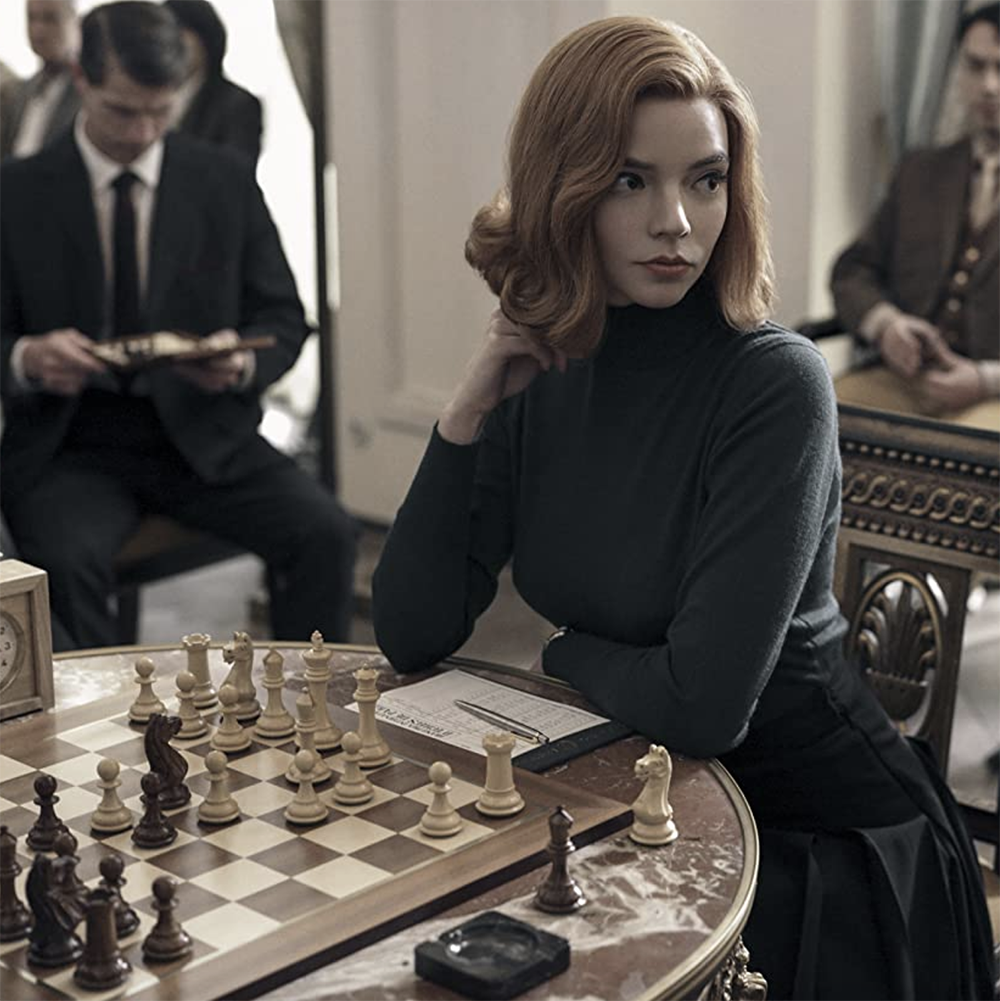★★★★★
Opening on a picturesque French meadow and descending into the depths of human depravity, “1917” is a masterful technical production that is only overshadowed by a visceral emotional performance by its leading man. The film transcends the war genre to provide a thrilling and challenging rumination on the horrors of war and the people who cause them.
Director Sam Mendes filmed the movie to appear as if it is one continuous take. Viewers follow British soldiers Schofield (George MacKay), and Blake (Dean-Charles Chapman), as they attempt to save Blake’s brother and his company from a German ambush.
Although it could be dismissed as a gimmick, the continuous shot immerses the viewer completely into the fog of war. Other war movies have attempted to demonstrate the inhumanity of extreme violence, but none succeed as well as “1917” because of this directorial choice. Simply following these soldiers without pause illuminates how the horrors of war can be broken down into powerful minutiae, like mud-caked boots and pure exhaustion.
Oscar-winning cinematographer Roger Deakins helms the camera and fashions his opus in “1917.” To maintain the appearance of real-time footage, Deakins filmed seven- to eight-minute takes, which required extreme preparation by the cast and crew. Certain scenes transfer between cameras mounted on drones, cranes and cars all within the same take. These transformations allow the film to exist not solely in the head of the characters as the camera only occasionally drifts away or zooms out to demonstrate the loneliness of battle.
All of these technical achievements would mean nothing if “1917” allowed them to unmoor the narrative from human emotion. Luckily, MacKay wields an unusual amount of charisma towards the audience, leveraging his puppy dog eyes to create an emotional bond despite the near lack of dialogue in the film. The entire range of human emotions is present in his face at points during the film, and it is nearly impossible to ignore the raw pain in his expressions.
The narrative of the film is intentionally simple as a result of the choice to present the film as a continuous take, an arduous technical decision that draws out production. Because of the limitations of the technology, the actors themselves provide characterization and emotional depth in their characters, which MacKay creates perfectly. These decisions create the interesting contradiction between a continuously moving story and the paralysis that war causes.
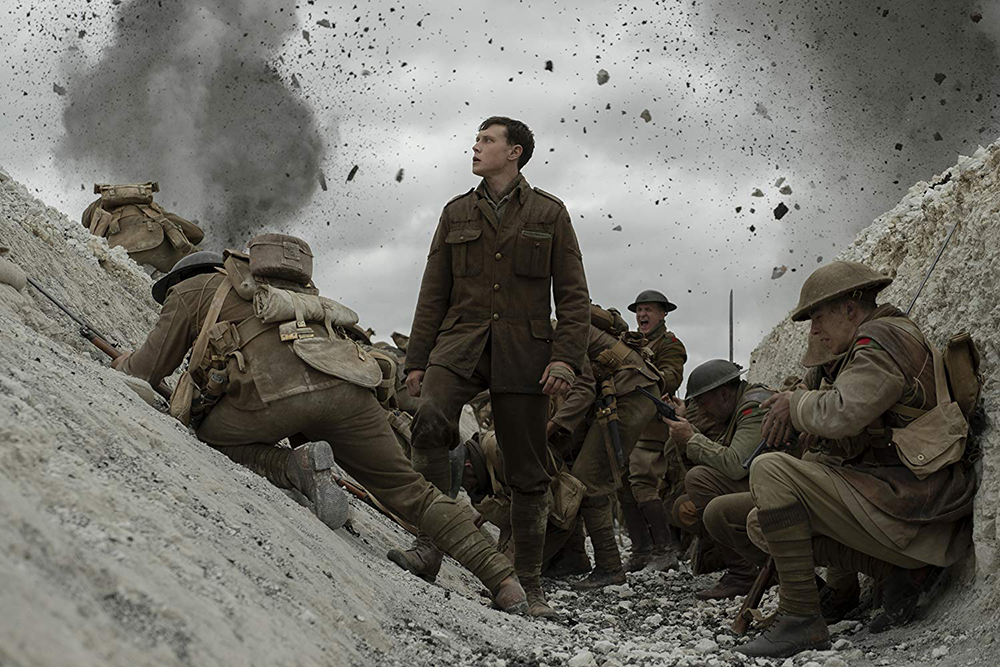
In particular, a scene focuses on Schofield in the back of a truck, surrounded by fellow soldiers that do not know the struggles he endured to make it to that point. The camera stays trained on him, and the viewer fully feels the weight of his emotional journey despite a dialogue making the emotions explicit. In the background, however, several soldiers, who hardly look 18, nervously tell jokes and brag about how brave they will be in battle. The juxtaposition of these soldiers highlights Schofield’s post-traumatic stress symptoms with the need of men to appear unfazed despite facing an irrational situation.
“1917” contains somewhat surprising cameos from well-known actors, which almost threatens the artistic, indie credibility of the film. Andrew Scott, of “Fleabag” fame, steals the show with a darkly comedic performance as an existential lieutenant on the front lines. Richard Madden, who played Robb Stark on “Game of Thrones,” manages to create a deeply emotional moment despite little screen time. Less successful are Benedict Cumberbatch and Colin Firth, who mainly function as exposition devices, which questions the need to incorporate such well-known actors. “1917” solely focuses on the journey of Schofield and Blake, however, so these instances are merely blips in the narrative.
Although not wholly focused on investigating the role of men in war, “1917,” nonetheless, does feature interesting thoughts on masculinity. At one point, a character warns Schofield that “some men just want the fight.” Although this quote can easily be seen as a depiction of toxic masculinity pushing for violence, it can instead be seen to represent the inevitability of violence and defeatism by those soldiers on the front lines. If the attack is called off, they will just be sent into another battle within a week, which can cause one to lose hope.
In a film with so little dialogue, the score is integral in constructing the environment in which the characters exist. Thankfully, Thomas Newman gracefully underscores emotional moments and summons swelling orchestral music for larger action scenes. His work never intrudes on the legitimately shocking moments and adds emotionality to the film.
Sam Mendes’ “1917” has rightfully been one of the major focuses of the awards season, being nominated for 10 Oscars and winning the Golden Globe for Best Motion Picture – Drama. The film’s shocking depictions of war, combined with groundbreaking cinematographic choices for the genre and powerful performances, culminate in one of the best movies of 2019.








